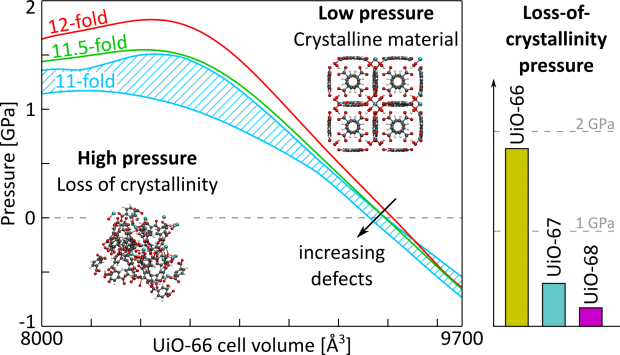Exploring the substrate selectivity of human sEH and M. tuberculosis EHB using QM/MM
Abstract
The mechanisms of human soluble epoxide hydrolase (sEH) and the corresponding epoxide hydrolase enzyme from Mycobacterium tuberculosis (EHB) are studied computationally, using the quantum mechanics/molecular mechanics (QM/MM) method. To do this, we modeled the alkylation and the hydrolysis steps of three substrates: trans-1,3-diphenylpropene oxide, trans-stilbene oxide and cis-stilbene oxide. Studying the regioselectivity for trans-1,3-diphenylpropene oxide, we determined that both enzymes prefer ring opening via attack on the benzylic carbon. In agreement with experimental studies, our computations show that the rate-limiting step is hydrolysis of the ester intermediate, with reaction barriers of approximately 13 to 18 kcal/mol. Using the barrier energies of this rate-limiting step, the three epoxides were ranked in order of reactivity. Though the reactivity order was correctly predicted for sEH, the predicted order for EHB did not correspond to experimental observations. Next, the electrostatic contributions of individual residues on the barrier height of the rate-limiting step were also studied. This revealed several residues important for catalysis. The secondary tritium kinetic isotope effect for the alkylation step was determined using a cluster model for the active site of sEH. The calculated value was 1.27, suggesting a late transition state for the rate-limiting step. Finally, we analyzed the reactivity trends using reactivity indicators from conceptual density functional theory, allowing us to identify ease of electron transfer as the primary driving force for the reaction.

 Open Access version available at
Open Access version available at 